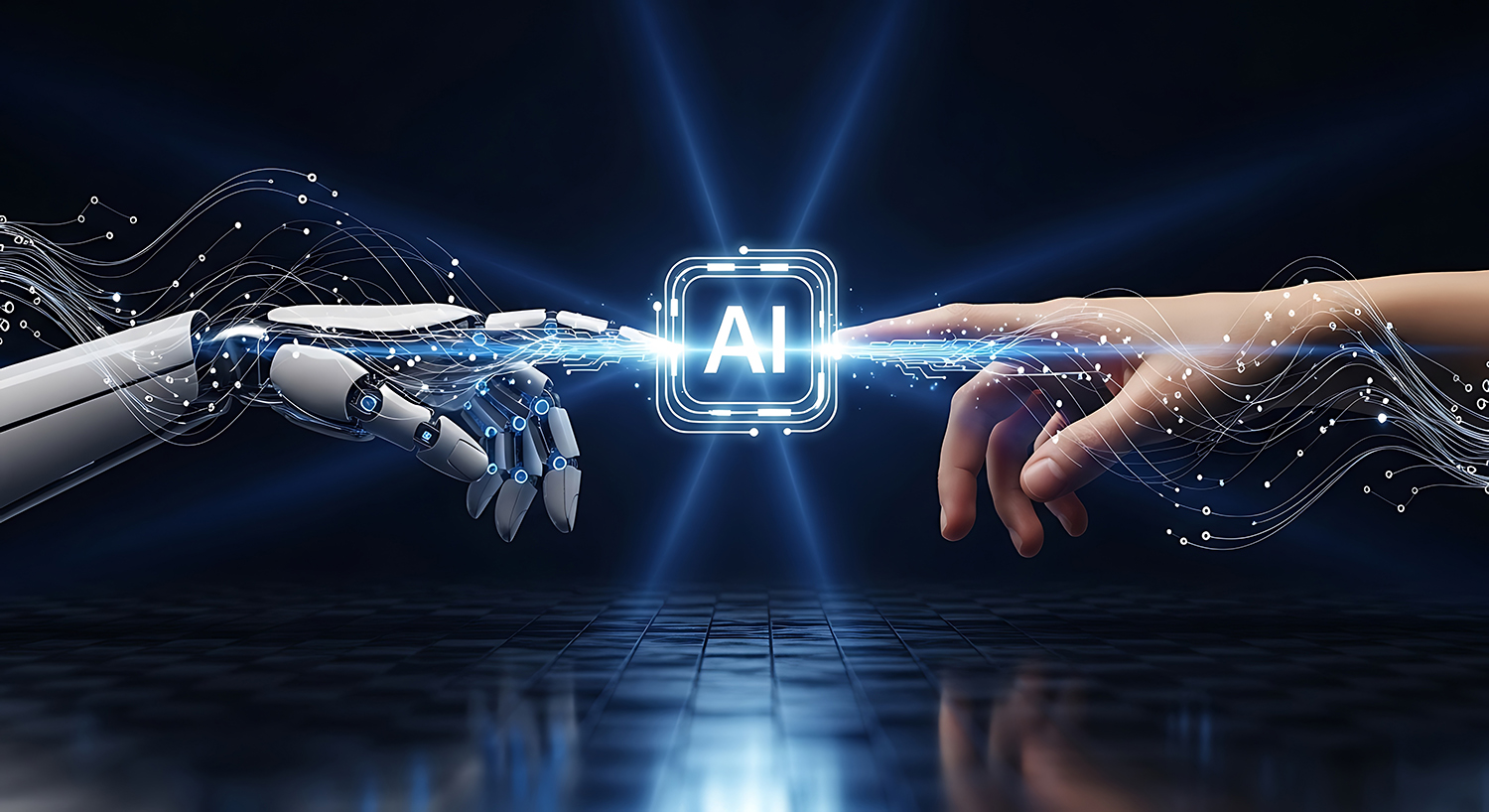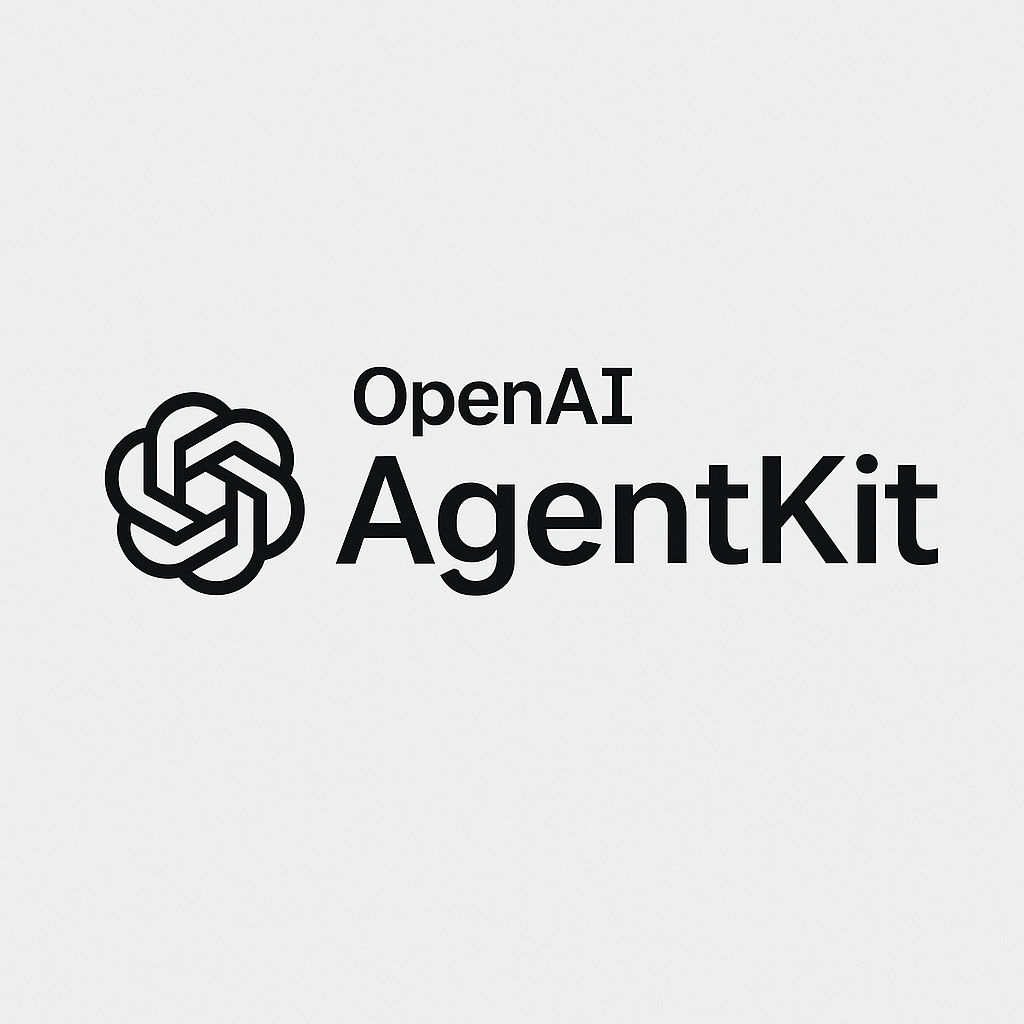AI Agent Strategy: Your Guide to GTM Excellence
The go-to-market landscape has fundamentally shifted. Today's top-performing organizations are leveraging AI agents to create competitive advantages, achieving outcomes to impact time savings per rep, increasing account coverage, and pipeline.

AI Agents for GTM: Strategy, Benefits & Implementation
The AI Agent Revolution in Action
The go-to-market landscape has fundamentally shifted. Agentic AI: autonomous systems that can act without human prompts is taking center stage in GTM innovation.
- Pipeline Generation - Companies like Outreach report a 20% increase in pipeline by automating lead follow-up with AI agents, underscoring real-world ROI.
- Lead Qualification - Qlik and Drata case: 65% more SQLs via AI-driven lead scoring and outreach within six months.
- Customer Acquisition Cost - Gartner 2024: 50-60% CAC reduction reported by B2B SaaS firms that automate prospecting with AI agents.
- Sales Productivity - 6sense pilot: 18% more touches per rep and a 25% lift in opportunity creation once AI was integrated.
- Conversion Optimization - Clay customer data: Up to 10x conversion lift when automating repetitive outreach, demonstrating significant ROI potential.
AI agents handle routine GTM tasks that typically consume 60-70% of sales team capacity, though implementation requires careful workflow design and realistic expectations about learning curves.
What's Holding GTM Back?
Four structural frictions keep most GTM motions from realizing AI-level gains:
- Productivity Ceiling & Market Reality: Over 65% of sales teams still spend the majority of their time on manual admin, not prospecting or closing. Companies reimagining workflows with AI—rather than simply optimizing old processes—are seeing outsized pipeline growth and faster deal cycles.
- Buyer Expectation Gap: B2B buyers complete 70% of research before ever engaging sales, demanding faster and more tailored AI-driven outreach.
- Competitive Disadvantage: Teams lagging on AI adoption get outpaced by those using agentic workflows—Qlik and Drata, for example, have cut time-to-close in half by deploying AI at each GTM stage.
- Market Reality: The competitive advantage belongs to organizations reimagining GTM fundamentals rather than optimizing legacy approaches.
How to Deploy AI Agents for GTM Transformation
Throughout this site, you’ll explore how leading organizations implement AI agents across their go-to-market (GTM) teams. Tools like Clay and Clearbit power data enrichment at scale, and you can find additional use cases as well.
Your Next Steps: Building an AI-Native GTM
Organizations building systematic AI approaches are establishing advantages through 20% pipeline increases and 60–70% cost reductions. These numbers come from real-world GTM implementations, demonstrating measurable impact.
Related Blogs Post

OpenAI AgentKit Just Reset AI GTM
OpenAI's AgentKit announcement on October 6, 2025 changed the conversation from "Can AI improve GTM?" to "How fast can you ship production agents?"


Quick-Deploy AI Agents That Transform B2B Sales GTM

From AI Tool Sprawl to Strategic Networks: A Schön-Inspired GTM Framework
Despite 70% AI adoption in GTM workflows, companies struggle with conversions. This framework shows how to move from isolated AI tools to interconnected systems that deliver measurable results.

Power Your AI GTM Strategy by Recording Customer Phone Calls
To build an effective AI-driven Go-To-Market (GTM) strategy, start by recording customer calls.

Signal-Based GTM: Key Insights from Clay's Sculpt 2025 in San Francisco
The AI hype in sales is settling into practical results. Companies are saving reps 10+ hours per week, hitting 72% account coverage instead of 19%, and building entirely new roles to make it happen.



